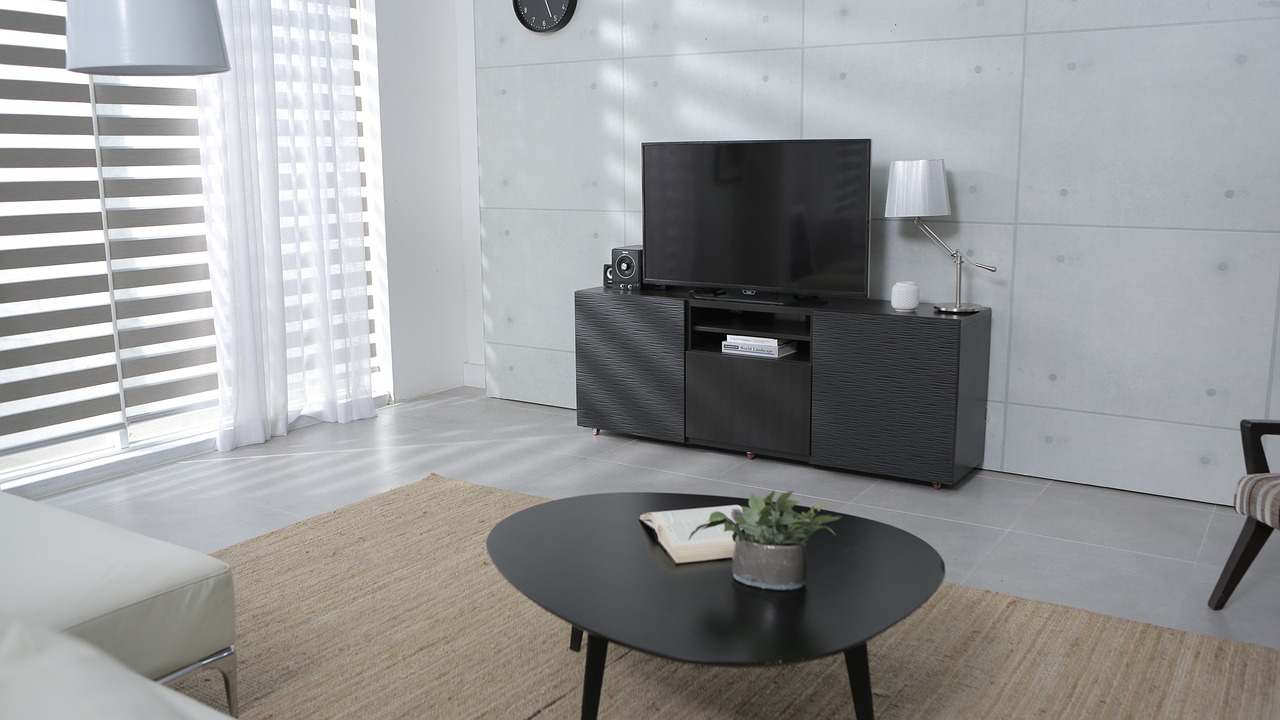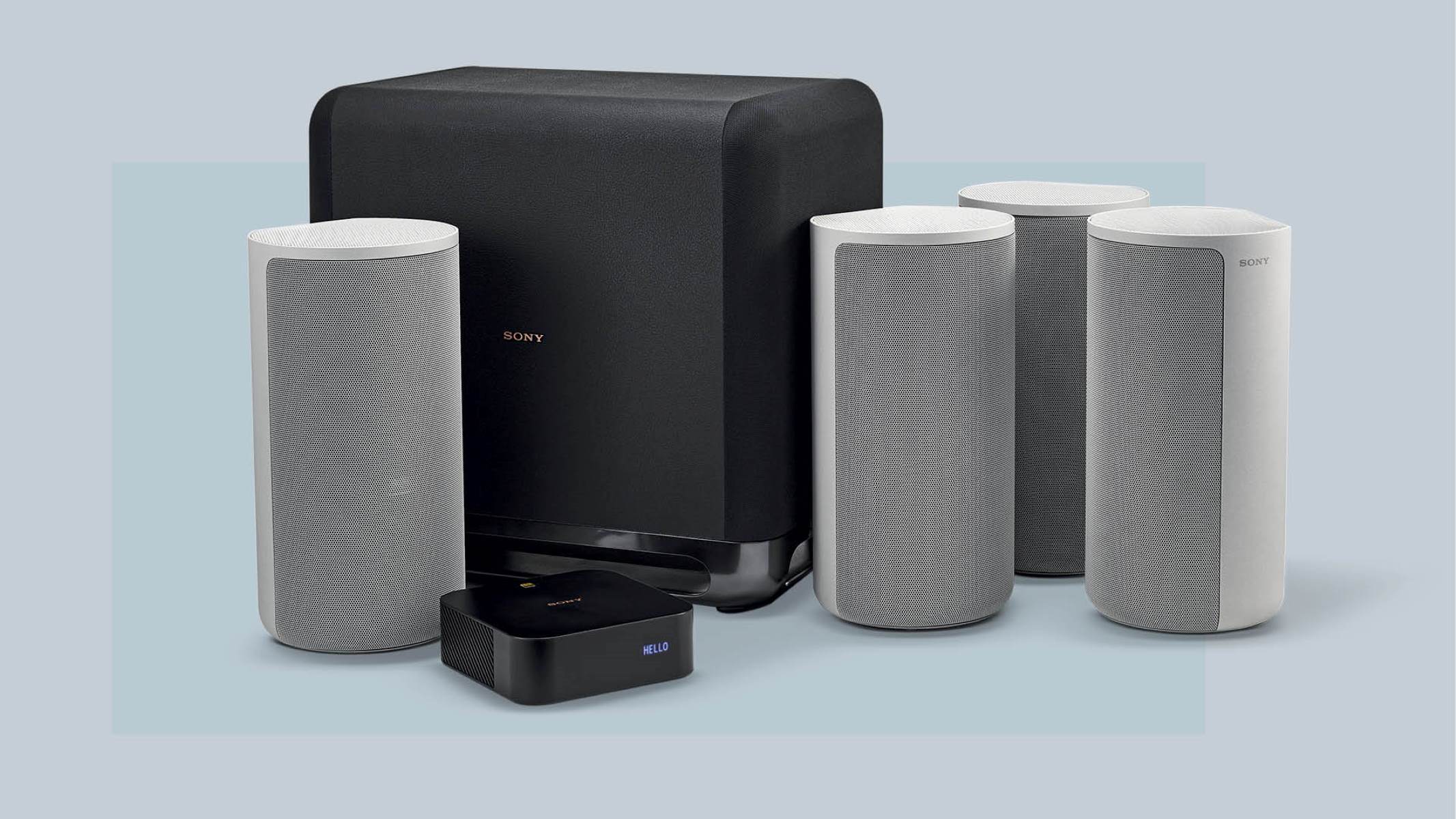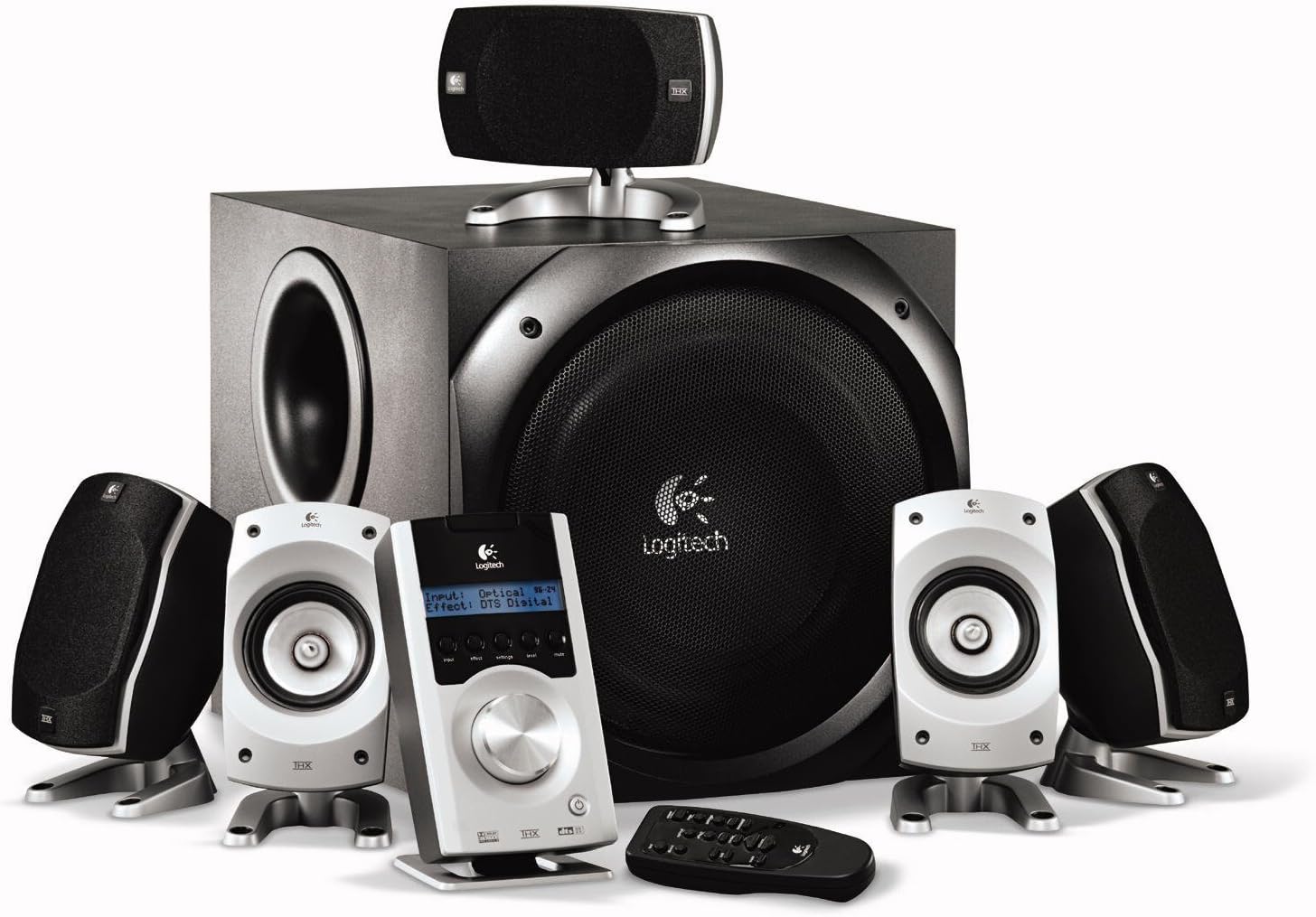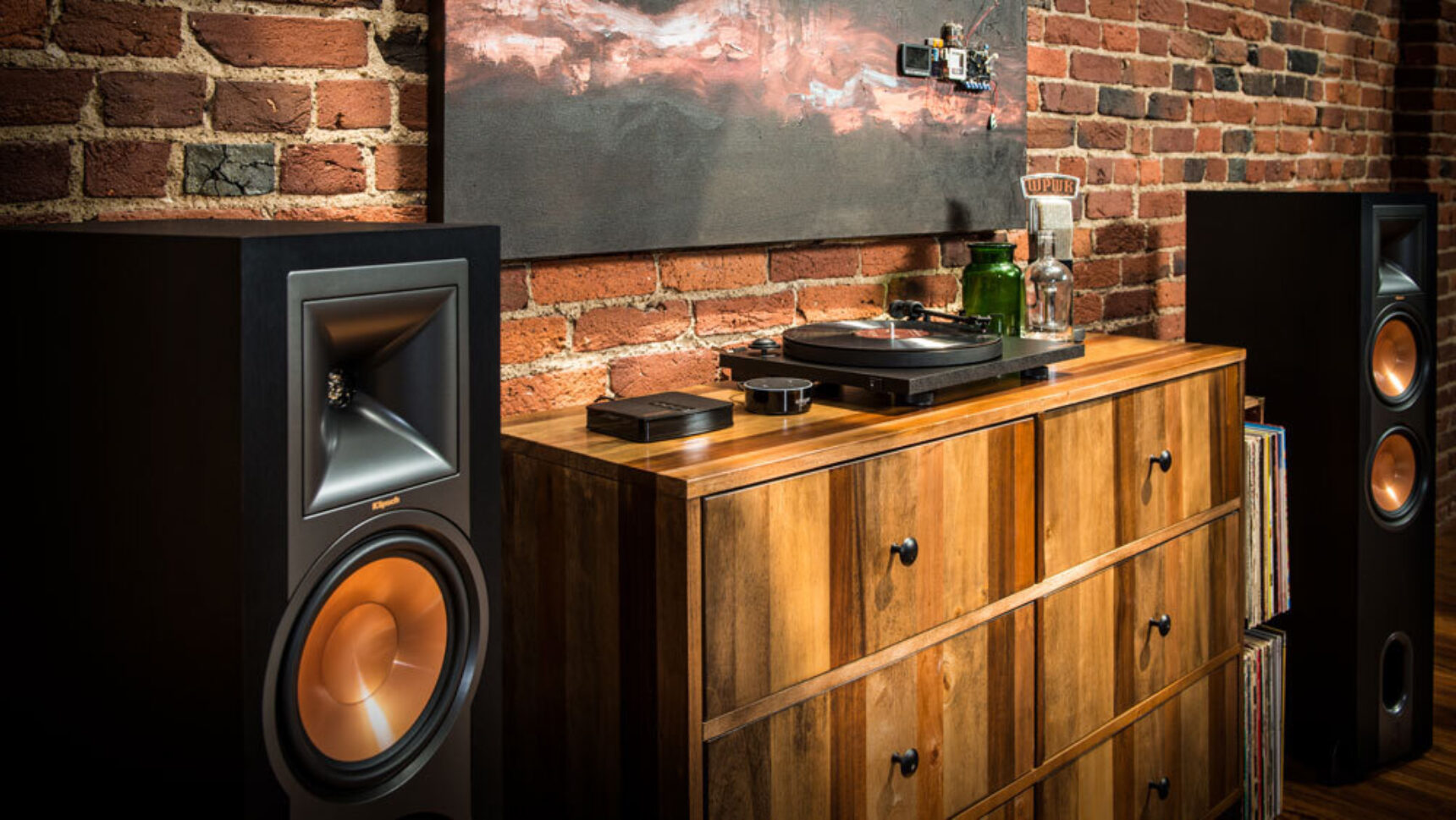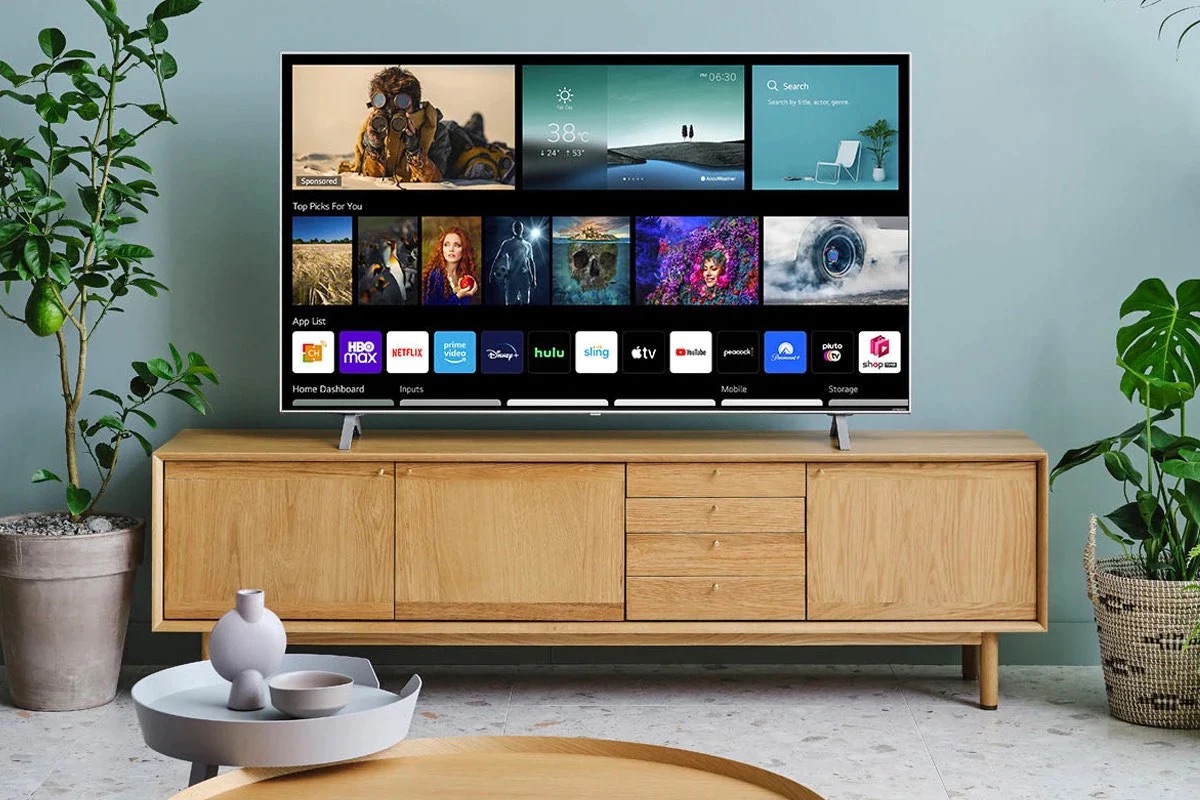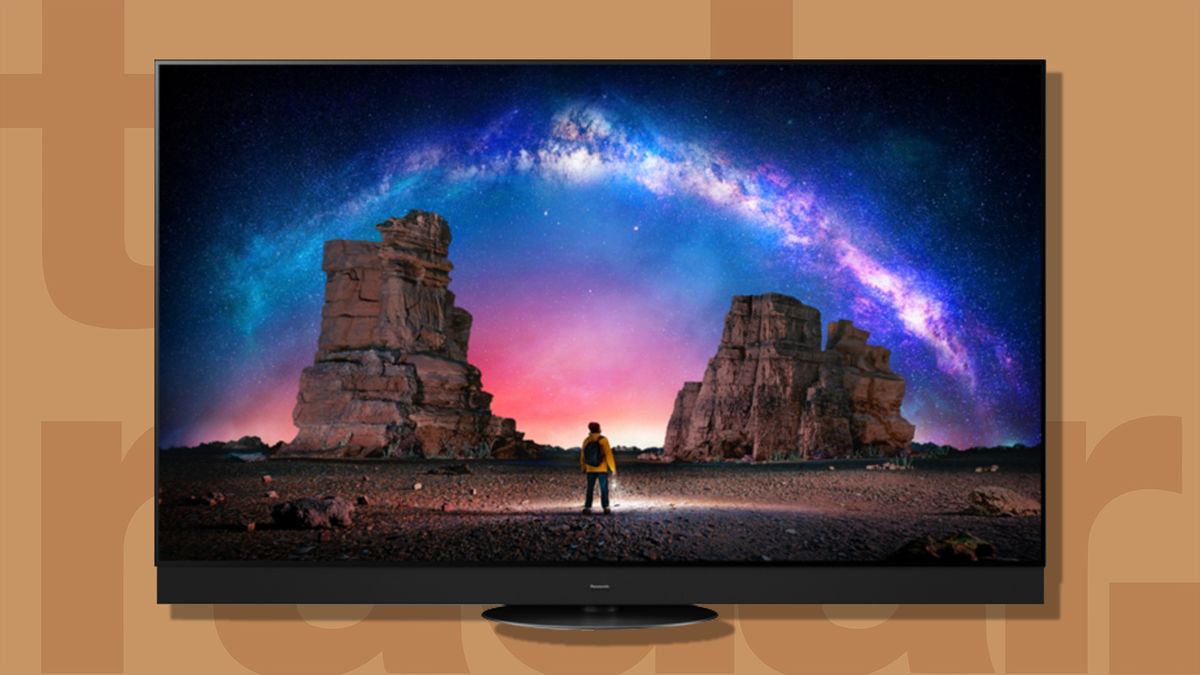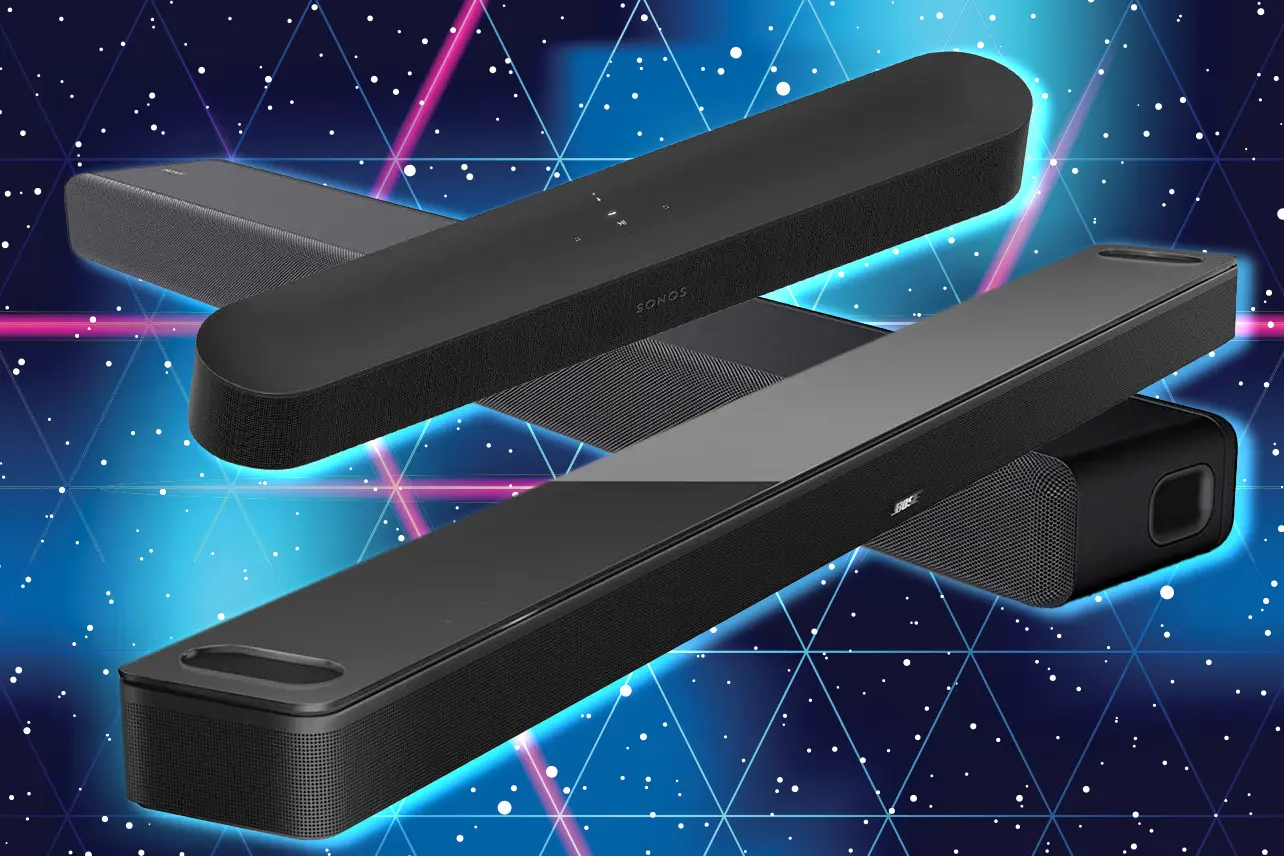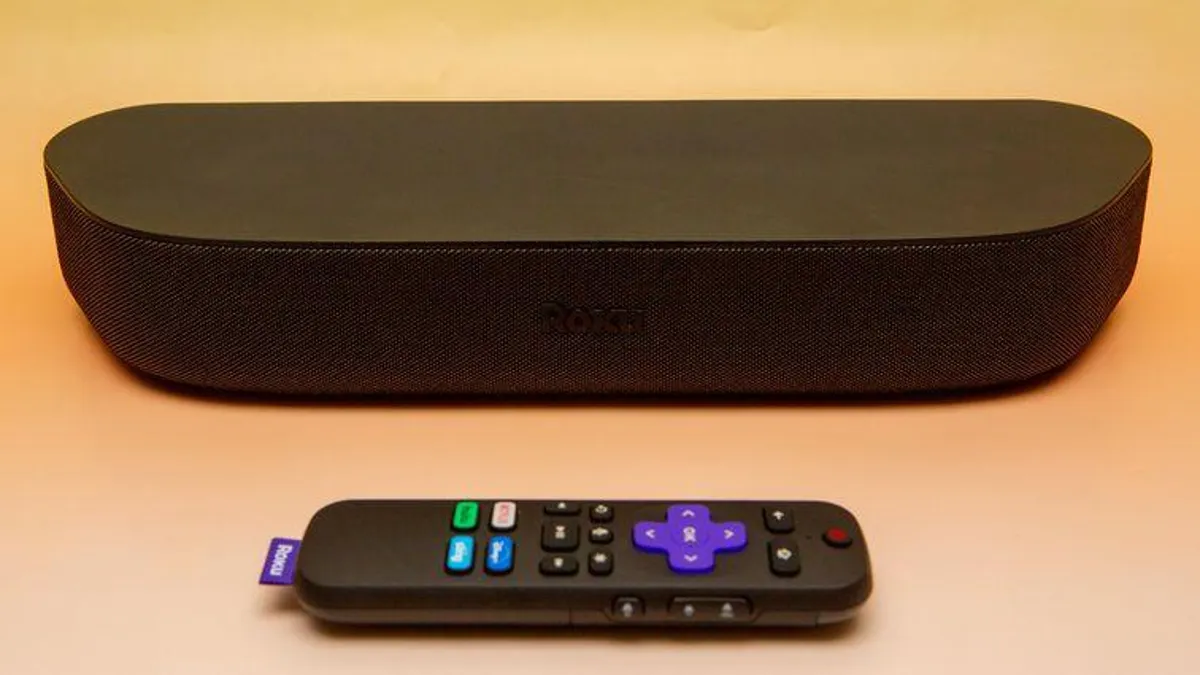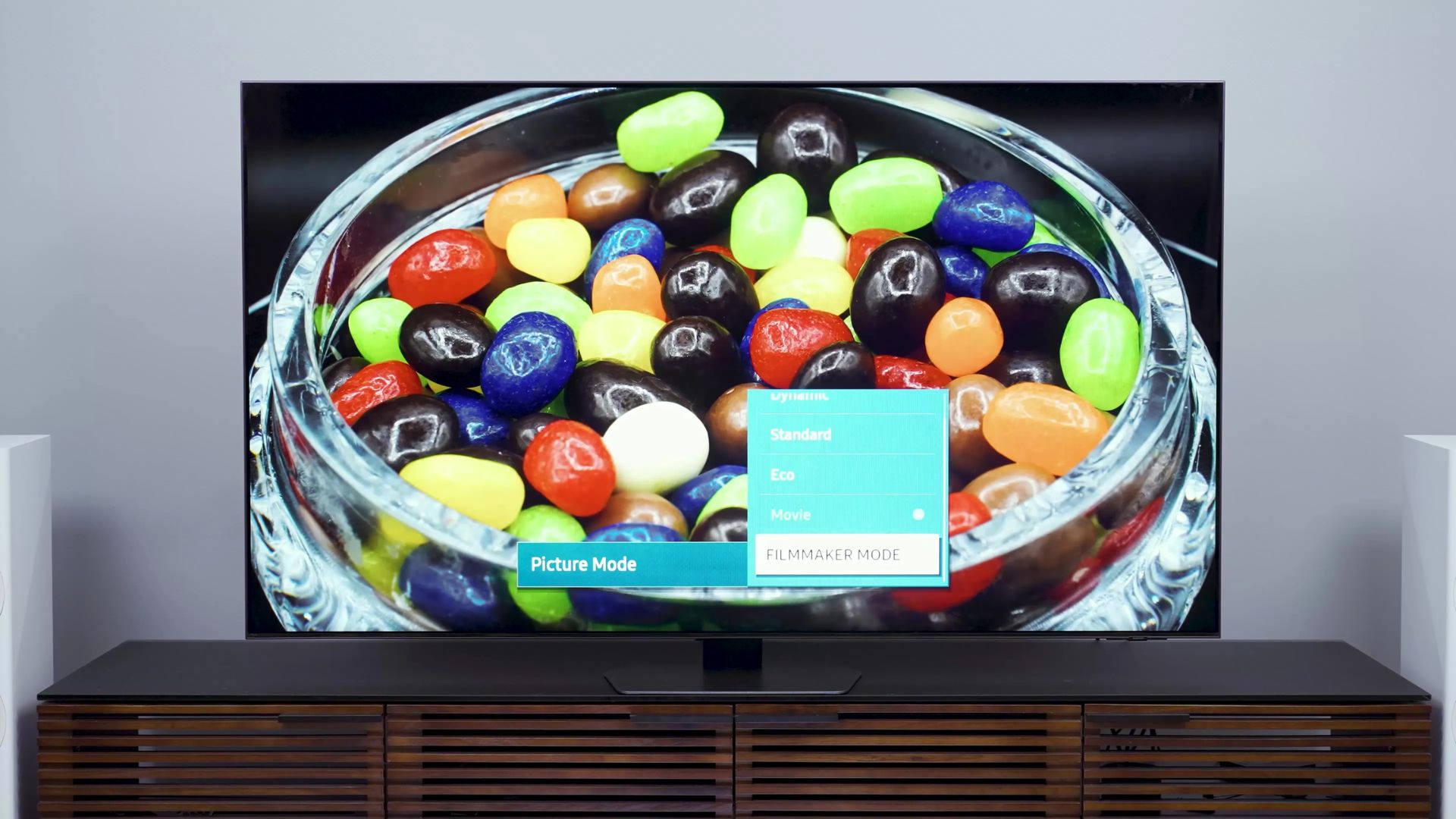Introduction
Welcome to the world of smart TVs, where cutting-edge technology and entertainment seamlessly converge. With their sleek designs, vibrant displays, and endless streaming possibilities, smart TVs have become an indispensable part of our modern lives, transforming the way we consume media in the comfort of our own homes.
However, as much as we adore our smart TVs for their stunning visuals and on-demand entertainment options, it’s essential to understand the power consumption associated with these smart devices. After all, the electricity bill is not something to overlook.
In this article, we will delve into the world of smart TV power consumption, unraveling the mysteries behind watts and exploring the various factors that impact the energy usage of these cutting-edge devices. Whether you’re considering purchasing a new smart TV or trying to reduce your energy footprint, this guide will provide you with the information you need to make informed decisions.
So, let’s embark on this journey to explore the world of smart TV power consumption and discover how we can optimize our viewing experiences while keeping our energy usage in check.
Understanding Watts and Power Consumption
Before we dive into the specifics of smart TV power consumption, let’s first understand the concept of watts and how it relates to energy usage. The watt is a unit of power that measures the rate at which electricity is consumed or produced. In simpler terms, it represents the amount of energy an electronic device consumes per unit of time.
Power consumption is the amount of electrical energy used by an appliance or device over a given period. It is typically measured in kilowatt-hours (kWh). To put it into perspective, if a device consumes 100 watts and operates for 10 hours, it will consume 1 kilowatt-hour (kWh) of energy.
Monitoring the wattage and power consumption of your smart TV is crucial, as it directly affects your electricity bill. By understanding how these factors work, you can make informed decisions that align with your energy-saving goals.
When it comes to smart TVs, power consumption can vary significantly depending on various factors, such as the size of the screen, technology used, and additional features. LED and OLED TVs are more energy-efficient compared to older LCD models.
It’s important to note that the wattage mentioned on the product label or specifications represents the maximum power consumption under specific conditions. In reality, your smart TV’s power usage may vary based on the content being displayed, brightness settings, and other factors that influence power consumption.
Next, we’ll explore the factors that can impact the power consumption of your smart TV and help you make informed decisions when choosing a TV based on energy efficiency. Understanding these factors will enable you to select a smart TV that aligns with your energy-saving goals without compromising on functionality or picture quality.
Factors Impacting Power Consumption
When it comes to smart TV power consumption, several factors can influence how much electricity your device uses. Understanding these factors can help you make informed decisions to optimize energy efficiency without sacrificing your viewing experience.
1. Screen Size: One of the primary factors impacting power consumption is the size of the screen. It’s simple logic – a larger screen requires more energy to power. If you’re looking to reduce energy consumption, consider choosing a smart TV with a smaller screen size that suits your viewing needs.
2. Display Technology: The type of display technology used in your smart TV can also impact power consumption. LED TVs are generally more energy-efficient compared to older LCD models. Additionally, OLED TVs offer excellent picture quality while consuming less power, making them a popular choice for those seeking energy efficiency.
3. Brightness Settings: The brightness level at which you watch your smart TV can significantly impact power consumption. Higher brightness levels require more energy. Adjusting the brightness settings to a comfortable level can help reduce power consumption without compromising the viewing experience.
4. Energy Saving Features: Many smart TVs come with energy-saving features that can help reduce power consumption. These features automatically adjust the brightness, backlight, and other settings to optimize energy efficiency. Make sure to explore and enable these features in your TV’s settings to maximize energy savings.
5. Standby Power: Smart TVs often consume power even when they’re in standby mode. This standby power, also known as vampire power or phantom power, is used to power certain functions like remote control responsiveness and automatic updates. To minimize standby power consumption, consider enabling power-saving modes or using a smart power strip that cuts off power to the TV when it’s not in use.
6. Content & Usage: The type of content you watch on your smart TV can also impact power consumption. Streaming high-definition videos or playing graphics-intensive video games can consume more power compared to watching standard-definition content. Additionally, longer hours of usage will result in higher energy consumption. Being mindful of the content you consume and limiting excessive usage can help reduce overall power consumption.
By considering these factors and making conscious choices, you can significantly reduce the power consumption of your smart TV without compromising on the quality of your viewing experience.
Different Types of Smart TVs and Their Power Usage
Smart TVs come in various types and models, each with its own power consumption characteristics. Understanding the different types of smart TVs can help you choose a model that meets your energy-saving preferences without compromising on the features you desire.
1. LED TVs: LED (Light Emitting Diode) TVs are known for their energy efficiency. They use LED backlighting technology that consumes less power compared to older LCD (liquid crystal display) models. LED TVs provide bright and vibrant displays while keeping power consumption to a minimum.
2. OLED TVs: OLED (Organic Light Emitting Diode) TVs take energy efficiency to another level. These TVs utilize organic compounds that emit light when an electric current is applied. Unlike LED and LCD TVs, OLED screens require no backlight, resulting in even lower power consumption. OLED TVs offer incredible picture quality and deep black levels while being energy-efficient.
3. QLED TVs: QLED (Quantum Light Emitting Diode) TVs are a type of LED TV that incorporates quantum dot technology. These TVs use quantum dots, which are tiny semiconductor particles that produce vibrant and accurate colors. While QLED TVs offer excellent picture quality, their power consumption is typically higher compared to regular LED TVs.
4. Plasma TVs: Although less common now, plasma TVs were popular in the past. Plasma screens use tiny cells filled with gas to create images. While they offer excellent picture quality and wide viewing angles, these TVs tend to consume more power compared to LED and OLED models. Due to advancements in display technology, plasma TVs are becoming rarer in the market.
When choosing a smart TV, consider the type of display technology that aligns with your energy-saving goals. LED and OLED TVs are generally more energy-efficient compared to plasma or older LCD models. Additionally, be mindful of the screen size, as larger screens typically consume more power.
Beyond the type of TV, it’s important to consider the specific model’s power usage. Manufacturers may have different power consumption levels even within the same type of TV. Look for energy efficiency ratings, such as EnergyStar certifications, which indicate that a TV meets certain energy-saving standards.
By understanding the various types of smart TVs and their power consumption characteristics, you can make an informed decision that aligns with your energy-saving goals without compromising on the features and display quality you desire.
Average Power Consumption of Smart TVs
The power consumption of smart TVs can vary significantly depending on several factors such as screen size, display technology, brightness settings, and usage patterns. However, it is helpful to have a general understanding of the average power consumption to make informed decisions regarding energy usage and costs.
On average, smaller smart TVs with screen sizes ranging from 32 to 43 inches typically consume around 30 to 60 watts of power when in use. These smaller TVs are generally more energy-efficient and are suitable for smaller spaces like bedrooms or kitchens.
Medium-sized smart TVs, ranging from 45 to 55 inches, typically consume around 60 to 100 watts of power. These TVs strike a balance between size and power consumption, making them suitable for living rooms or family entertainment areas.
Larger smart TVs, with screen sizes ranging from 60 inches and above, can consume anywhere from 100 to 250 watts or more. The power consumption of these TVs can vary significantly depending on factors such as display technology, backlighting, and additional features.
It’s important to note that these numbers represent average power consumption and can vary between different brands and models. Additionally, power consumption can increase while streaming high-definition content or playing graphics-intensive games.
When comparing power consumption between different models, it’s beneficial to look for the EnergyStar label or energy efficiency ratings provided by manufacturers. These certifications indicate that the TV meets certain energy-saving standards and can help guide your decision towards more energy-efficient options.
While the power consumption of smart TVs is an important consideration for energy-conscious individuals, it is also essential to be aware of standby power consumption. Even when the TV is in standby mode, it may still consume a small amount of power. Smart TVs with energy-saving features or automatic power-off functionality can help minimize standby power consumption.
Ultimately, the power consumption of your smart TV will depend on several factors, including the size, technology, usage, and specific model. By being aware of these factors and choosing an energy-efficient TV, you can strike a balance between enjoying your favorite content and managing your energy consumption effectively.
Tips to Reduce Power Consumption of Smart TVs
Smart TVs offer incredible entertainment experiences, but they can also contribute to higher energy consumption. However, with some mindful adjustments and smart habits, you can effectively reduce the power consumption of your smart TV without compromising your viewing experience. Here are some tips to help you get started:
1. Adjust Brightness and Backlight: Lowering the brightness and backlight levels can significantly reduce power consumption. Find a comfortable level that still provides good visibility while using less energy. Most TVs have settings that allow you to adjust these options easily.
2. Enable Energy-Saving Modes: Many smart TVs come with built-in energy-saving modes. These modes automatically optimize various settings in favor of energy efficiency. Activate these modes in your TV’s settings to reduce power consumption without compromising picture quality.
3. Turn off Automatic Features: Some smart TVs have features like automatic brightness adjustment or motion detect that can increase power usage. If you don’t require these features, consider turning them off to minimize unnecessary power consumption.
4. Set Sleep Timer: Utilize your TV’s sleep timer feature to automatically turn off the TV after a certain period of inactivity. This ensures that your TV doesn’t stay on unnecessarily, reducing power consumption when you’re not actively using it.
5. Avoid Screen Savers: While screen savers can be visually appealing, they can consume significant power. Instead, set your TV to standby mode or turn it off completely when not in use. This prevents unnecessary power usage and extends the lifespan of your TV.
6. Unplug Unused Devices: Many smart TVs have additional devices, such as gaming consoles or streaming devices, connected to them. When not in use, unplug these devices to prevent them from consuming standby power, often referred to as vampire power.
7. Optimize Streaming Quality: Streaming high-definition content requires more bandwidth and, in turn, more power. Be mindful of the streaming quality settings, especially when watching through apps or online platforms. Minimizing the resolution or adjusting streaming quality can help reduce power consumption.
8. Consider Smart Power Strips: Smart power strips can help manage electricity consumption more effectively. They automatically cut off power to devices that are not in use, preventing standby power drain when your TV is turned off.
9. Regularly Update Firmware: Keeping your TV’s firmware updated ensures that it operates at its optimum efficiency level. Updates often bring performance enhancements and bug fixes, which can help reduce power consumption.
10. Consult Energy Ratings: When purchasing a new smart TV, look for energy efficiency ratings, such as EnergyStar certifications. These ratings provide valuable information on the TV’s energy-saving capabilities, helping you choose a more eco-friendly option.
By implementing these tips and making conscious choices, you can significantly reduce the power consumption of your smart TV and contribute to a more sustainable and energy-efficient household.
Conclusion
In conclusion, understanding the power consumption of smart TVs is essential for both energy-saving and cost-saving purposes. By considering factors such as screen size, display technology, brightness settings, and usage patterns, you can make informed decisions that align with your energy-saving goals.
We explored the different types of smart TVs, including LED, OLED, QLED, and plasma, each with its own power consumption characteristics. LED and OLED TVs are generally more energy-efficient, while plasma TVs tend to consume more power. Considering the type of TV can help you choose an energy-efficient option without sacrificing picture quality.
Additionally, we discussed various tips to reduce the power consumption of your smart TV. Adjusting brightness and backlight levels, enabling energy-saving modes, and utilizing sleep timers are effective ways to minimize energy usage. Unplugging unused devices, optimizing streaming quality, and considering smart power strips are other strategies to reduce standby power consumption.
While smart TVs provide endless entertainment possibilities, being mindful of their power consumption helps minimize environmental impact and lower electricity bills. By making conscious choices, you can strike a balance between enjoying your favorite content and managing energy consumption effectively.
Remember to consult energy efficiency ratings, such as EnergyStar certifications, when purchasing a new smart TV. These ratings provide valuable insights into a TV’s energy-saving capabilities and can help guide your decision towards a more eco-friendly option.
In conclusion, with the right information and mindful habits, you can enjoy the benefits of a smart TV while minimizing your impact on the environment and your wallet. Embrace energy-saving practices and take control of your smart TV’s power consumption to create a more sustainable home entertainment experience.







